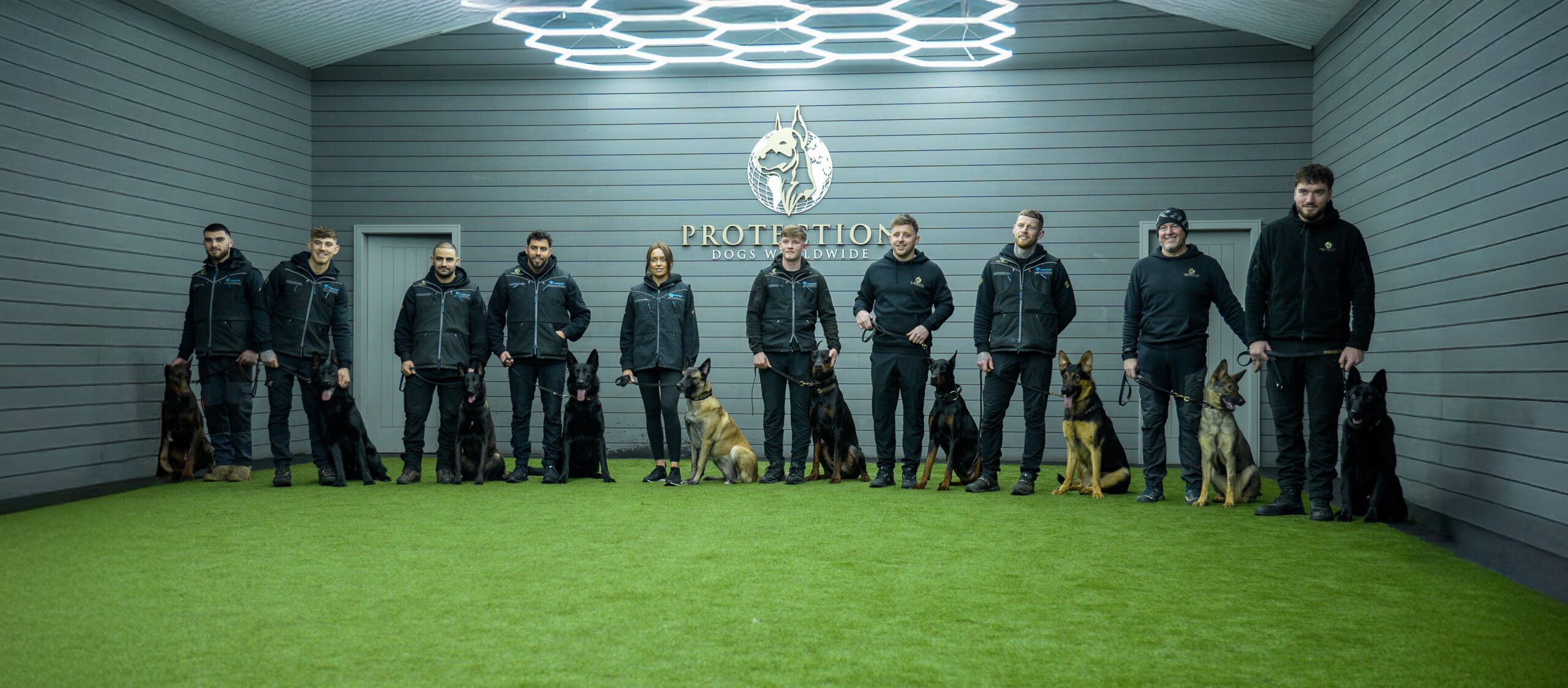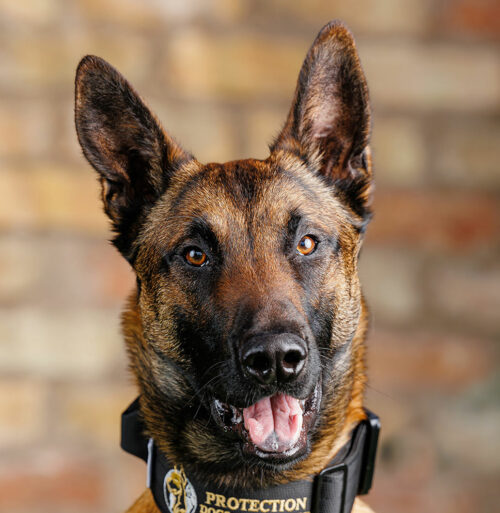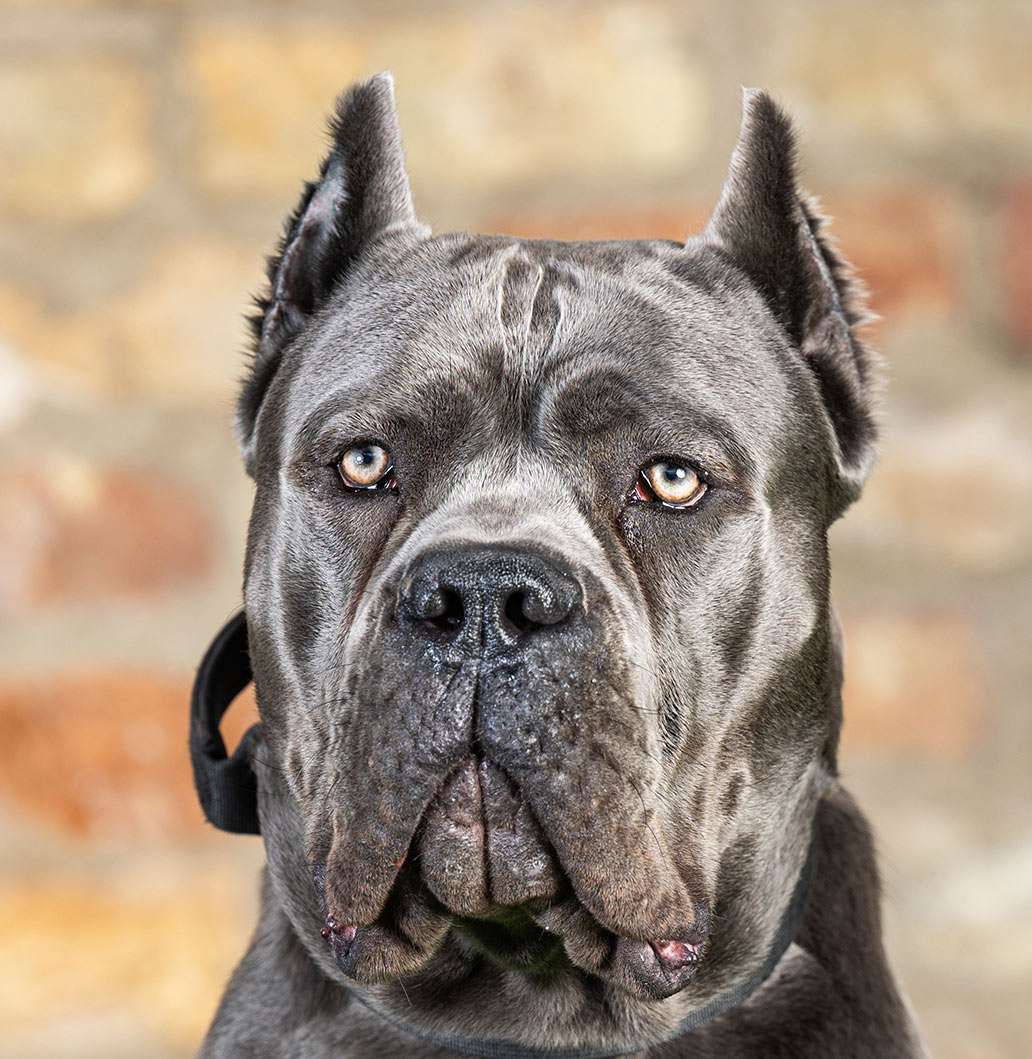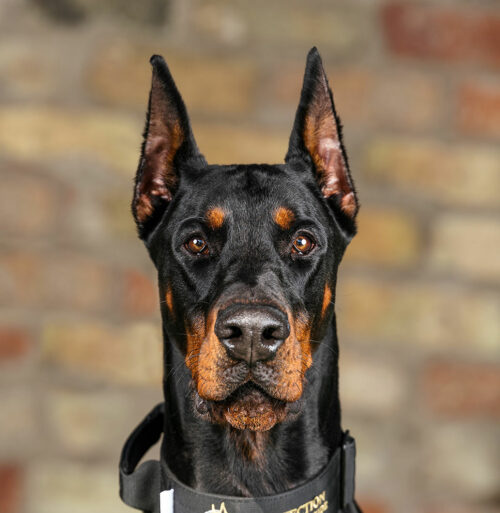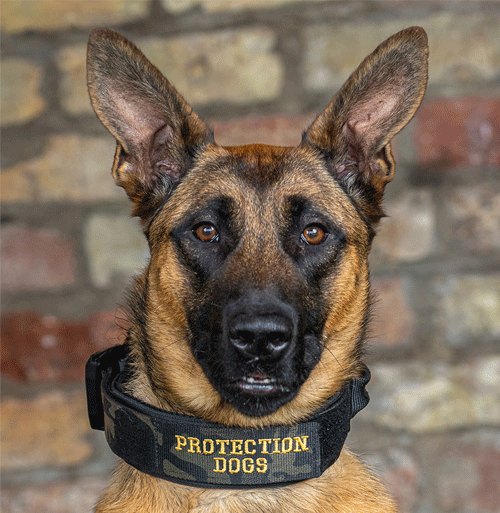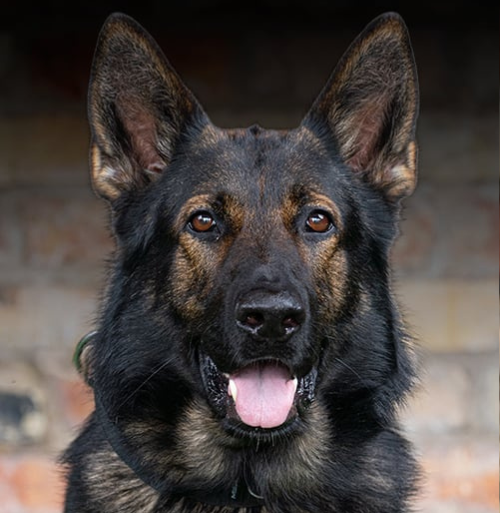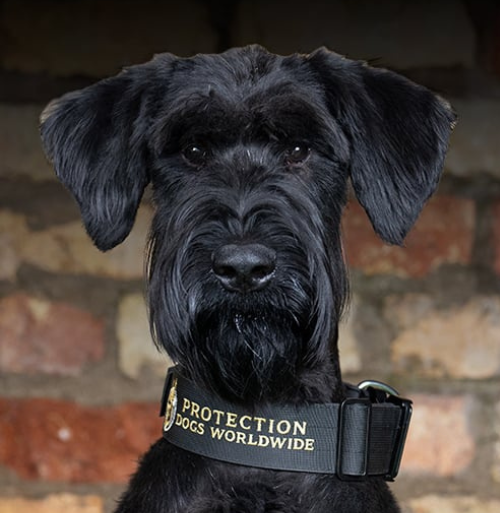2 December, 2022
Exercising Your Protection Dog
All dogs should be exercised regularly, ideally twice a day. In the UK, the most common way to exercise a dog is to take them for one or two walks a day, more often than not on a lead or free running them in a park or some other open space. These are good ways to exercise a dog, but far from the only options. Exercise is so beneficial and important to all dogs that it cannot be neglected. As protection dogs are almost by default more active and energetic than a usual pet, their individual need for exercise will
 English
English
